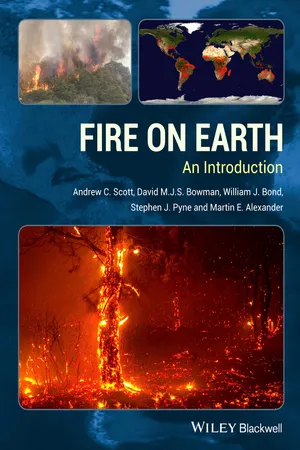
Fire on Earth
An Introduction
- English
- ePUB (mobile friendly)
- Available on iOS & Android
Fire on Earth
An Introduction
About This Book
Earth is the only planet known to have fire. The reason is both simple and profound: fire exists because Earth is the only planet to possess life as we know it. Fire is an expression of life on Earth and an index of life's history. Few processes are as integral, unique, or ancient.
Fire on Earth puts fire in its rightful place as an integral part of the study of geology, biology, human history, physics, and global chemistry. Fire is ubiquitous in various forms throughout Earth, and belongs as part of formal inquiries about our world. In recent years fire literature has multiplied exponentially; dedicated journals exist and half a dozen international conferences are held annually. A host of formal sciences, or programs announcing interdisciplinary intentions, are willing to consider fire. Wildfire also appears routinely in media reporting.
This full-colour text, containing over 250 illustrations of fire in all contexts, is designed to provide a synthesis of contemporary thinking; bringing together the most powerful concepts and disciplinary voices to examine, in an international setting, why planetary fire exists, how it works, and why it looks the way it does today. Students, lecturers, researchers and professionals interested in the physical, ecological and historical characteristics of fire will find this book, and accompanying web-based material, essential reading for undergraduate and postgraduate courses in all related disciplines, for general interest and for providing an interdisciplinary foundation for further study.
- A comprehensive approach to the history, behaviour and ecological effects of fire on earth
- Timely introduction to this important subject, with relevance for global climate change, biodiversity loss and the evolution of human culture.
- Provides a foundation for the interdisciplinary field of Fire Research
- Authored by an international team of leading experts in the field
- Associated website provides additional resources
Frequently asked questions
Information
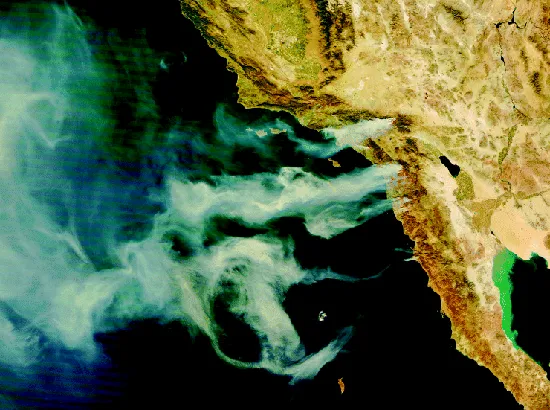
1.1 How Fire Starts and Initially Spreads
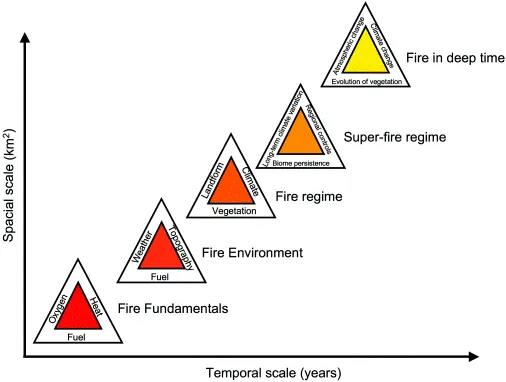
- First, the fuel needs to be as dry as possible. This is because the initial heat may be dissipated by the need to evaporate water. If dry, then the heat can begin to break down the cellulose in the plant material. The moisture value of the fuel will depend on whether the plant is alive or dead. If alive, then the plant may contain moisture in the leaves, branches and trunk. If dead, the plant may be more prone to drying out.
- The second element is the fuel itself. For a fire to spread, it is necessary to have sufficient fuel to burn. Extreme build-up of litter that is dry would obviously be conducive to the spread of fire. However, how the fuel is arrayed and how quickly it is combusted is also important (Van Wagtendonk, 2006). There are also differences in the ways in which woody and non-woody vegetation burn, as well as other features such as calorific value, the rate of fire spread and its intensity (see Chapter 14, Part Four).
- Third, a key element is readily available oxygen. In today's atmosphere, where the air contains 21% O2, then combustion and fire spread is possible. For fire to be maintained, oxygen must continue to arrive at the burning point or the fire will be exhausted. This is why wind is so dangerous, as it not only drives the fire, but also replenishes the oxygen at a faster rate.
1.2 Lightning and Other Ignition Sources
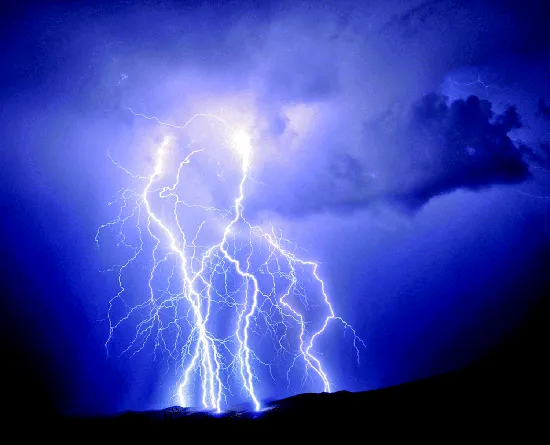
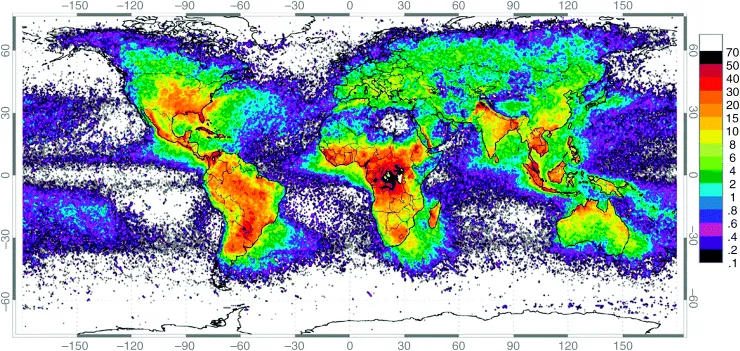
Table of contents
- Cover
- Title Page
- Copyright
- Dedication
- Preface
- Acknowledgements
- About the Authors
- About the Companion Website
- Part One: Fire in the Earth System
- Part Two: Biology of Fire
- Part Three: Anthropogenic Fire
- Part Four: The Science and Art of Wildland Fire Behaviour Prediction
- Index
- Eula